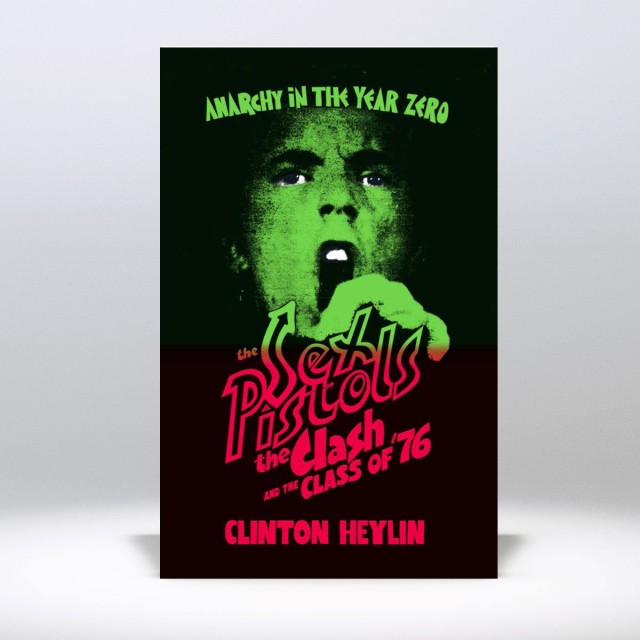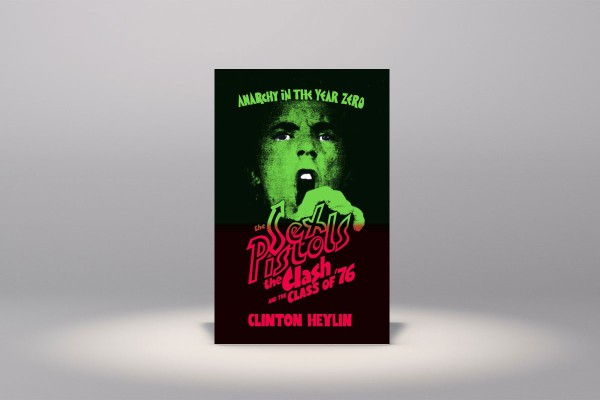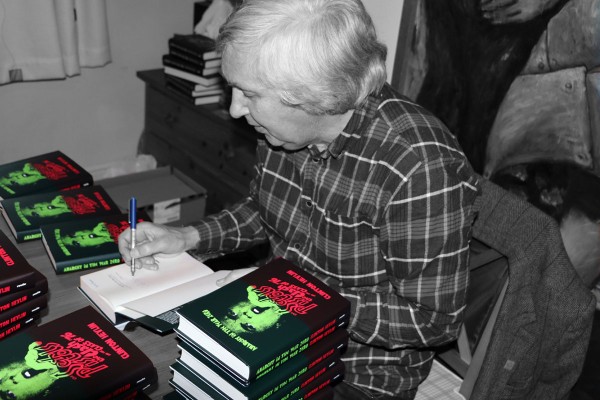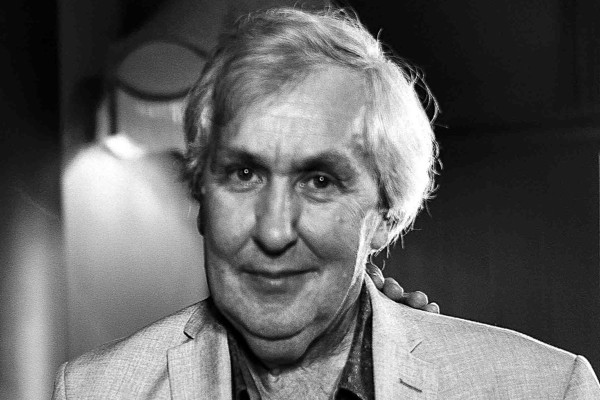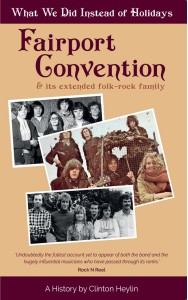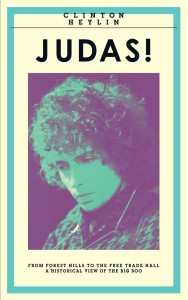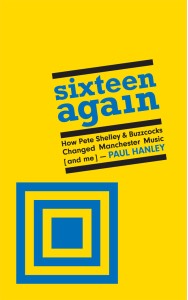The Sex Pistols are one of the most significant bands in the history of modern music yet so few were witness to their brief lifespan, particularly in 1976. That year they gigged relentlessly and developed from Malcolm McLaren’s post-May ’68 Situationist/New York Dolls/Richard Hell wannabe conceit to a band that truly did manifest a ground zero for rock’n’roll that continues to permeate not only every aspect of underground music but as a constant in mainstream culture. It wasn’t just the polarizing reactionary affront of scoundrel urban youth mixed up with a Svengali, it was outstanding songwriting and, by mid-year, an ability to perform as an incendiary lightning rod of inspiration. Heylin has done a masterful job of mapping the when, where and who’s who in the Pistols pied piper saga. He connects the dots and draws the lines from one gig to the next elucidating an atmosphere of England where the future of intelligent rock’n’roll heeds the call of punk in a dismal environment of bedraggled hippie/prog boredom. Key players from the inner circle of Vivienne Westwood, Jordan, Chrissie Hynde, Pete Perrett; to the Bromley Contingent of Siouxsie, Severin, Billy; to the Manchester art school of Buzzcocks, Fall, Morrissey; to the London mob of the just forming Clash, Damned, Gen X et al; to the outliers Pauline Murray, Mark Stewart, Steve Strange; to Sniffin’ Glue’s Mark Perry; to a host of NME/Sounds/MM letter writers – they all enter the maelstrom in the heatwave of 1976 UK as active witnesses and Heylin traces it via any and all available archive, finding order in the sometimes chaotic memory banks. Myths and legends are sorted out (Pistols and Clash had a gig the very same night as the Ramones at the Roundhouse … sorry Please Kill Me) and Heylin, while consistently studious, voices it all with a tone both fun and biting, and with enough quickie obscurant references to keep all us punk rock geeks in chortle mode. But where he really scores is by examining the extant audio documents from the slew of Pistols shows tracking a band whose value was, and still is, debated by audiences and journalists alike. With serious critical facility, Heylin hears undeniable and visionary greatness from a band that truly did turn the industry on its ear, set it ablaze and, with a very real dynamic of group psychosis and tension, compose a catalogue of brilliant music. And, for the lucky few, a host of whom are present in this book, a life defining experience. After the post-Bill Grundy media exploitation, the impossible relationship between Rotten and McLaren (and Matlock and…) and the post-76 Sid Vicious on bass/USA debacle, the Pistols, of course, go off the rails. But from November 1975 to December 1976 they were, by Heylin’s fine research, progressively phenomenal and the author, with a palpable excitement in recapturing such an extraordinary time, offers the Sex Pistols and their fans a well deserved dignity.
